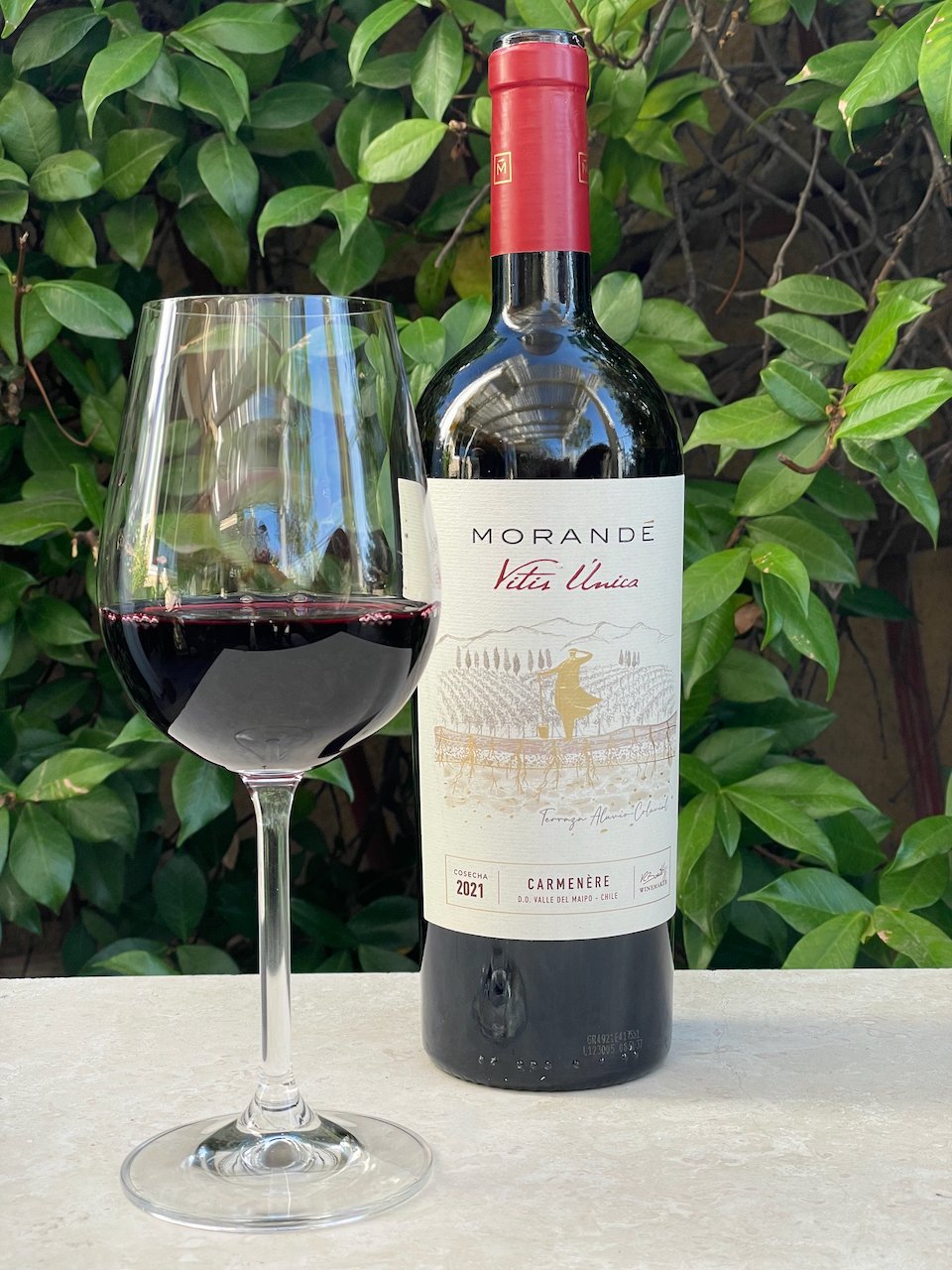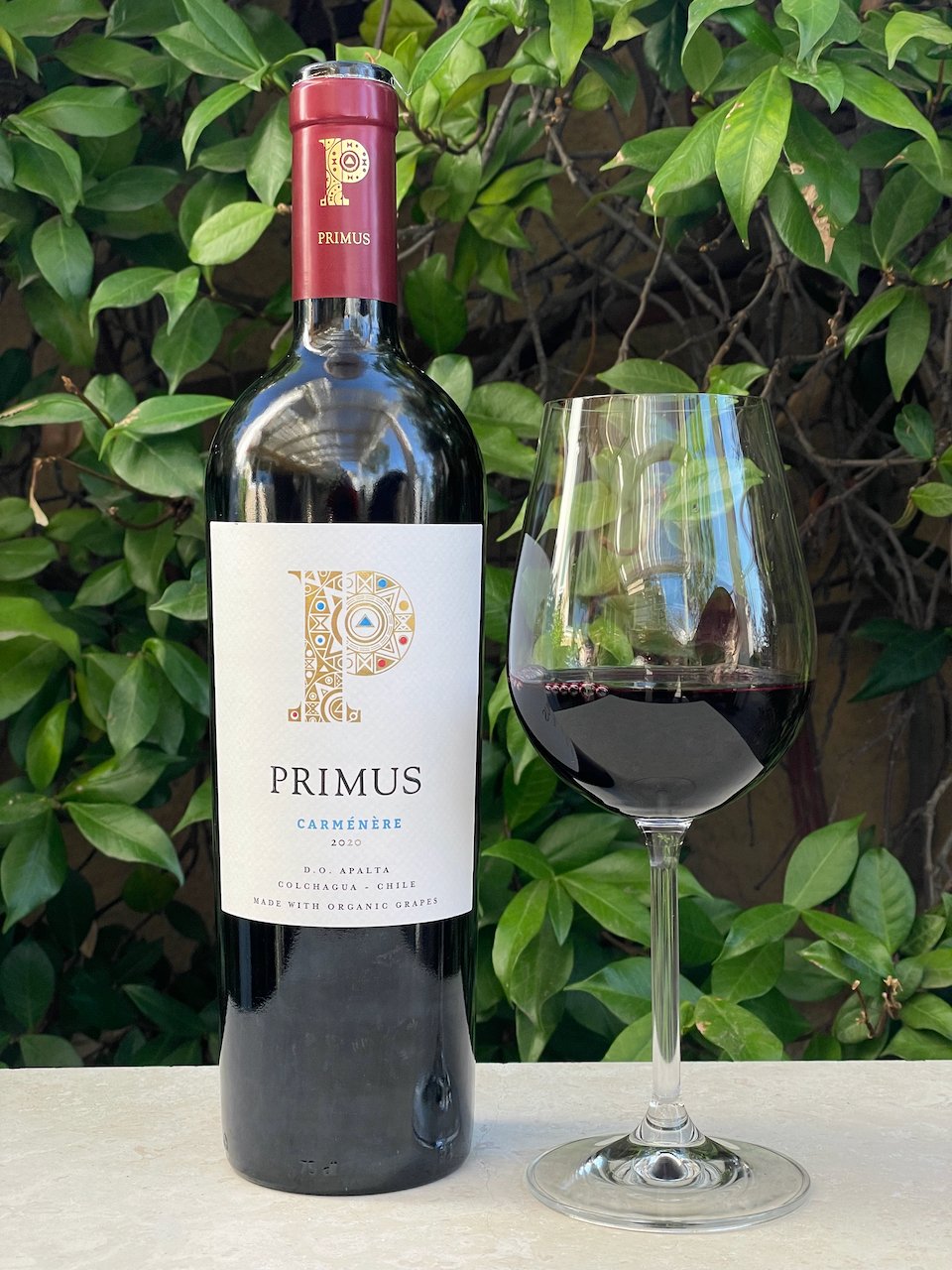Carménère (kar-men-nair) is a wine grape whose name is derived from the French carmin (meaning crimson). It was a grape that was thought to be nearly extinct. In 1994, fewer than 25 acres of Carménère remained in France’s Médoc, Bordeaux. But that all changed when it was discovered that an estimated one-third of what had been thought in Chile to be Merlot was actually Carménère. Carménère rose from near worldwide oblivion following the phylloxera crisis that had swept through the Médoc to now representing a country on the global stage: Carménère became synonymous with Chile.
Here are the final two in this series of Carménère wines from Chile…
2020 TerraNoble CA2 Costa Carménère ($36)
The Carménère grapes for this wine were grown in the Lolol vineyard that is located in the Colchagua Valley in Chile. The Lolol vineyard is located 25 miles from the ocean in the Chilean Coastal Mountain Range.
This 100% Carménère was cold macerated for 10 days. Fermentation took place for 8 to 12 days, then a post fermentative maceration of about two weeks. The wine was racked directly into French oak barrels and untoasted foudres where it underwent malolactic conversion and 16 months of aging.
This wine is deep ruby in color with medium-high aromas of black fruit and green pepper. On the palate, this medium-full bodied wine has spicy and rich dark fruit flavor with subtle notes from the oak. It finishes smooth and easy.
2020 Montes Wings Carménère ($55)
The grapes for this wine were grown in the Colchagua Valley, at on the winery’s Finca de Apalta estate. The vineyard is located on steep slopes, 650 feet above the valley floor. Some areas show the pronounced influence of the nearby Tinguiririca River, while others are more alluvial, featuring eroded material from the mountain tops that ring the valley.
This wine is produced from 85% Carménère and 15% Cabernet Franc that were cool macerated for 5-7 days followed by 12-15 days of fermentation before aging for 16 months in new French oak barrels (80%) and second- and third-use barrels (20%).
This wine is deep ruby in color with rich and complex aromas of black fruit, subtle herbs and hints of oak. On the palate, this medium-full bodied wine has deliciously rich dark fruit flavors, great complexity, easy tannin and a smooth and lingering fruit finish.
These two wines are excellent examples of Carménère wines that are being produced in Chile and are this week’s Behind the Cork™ Wines of the Week. Cheers!
Disclosure of Wine Sample Submission: I received these samples at no cost for review. The opinions expressed are entirely my own.
Media Samples Provided by TerraNoble and Montes Wines









